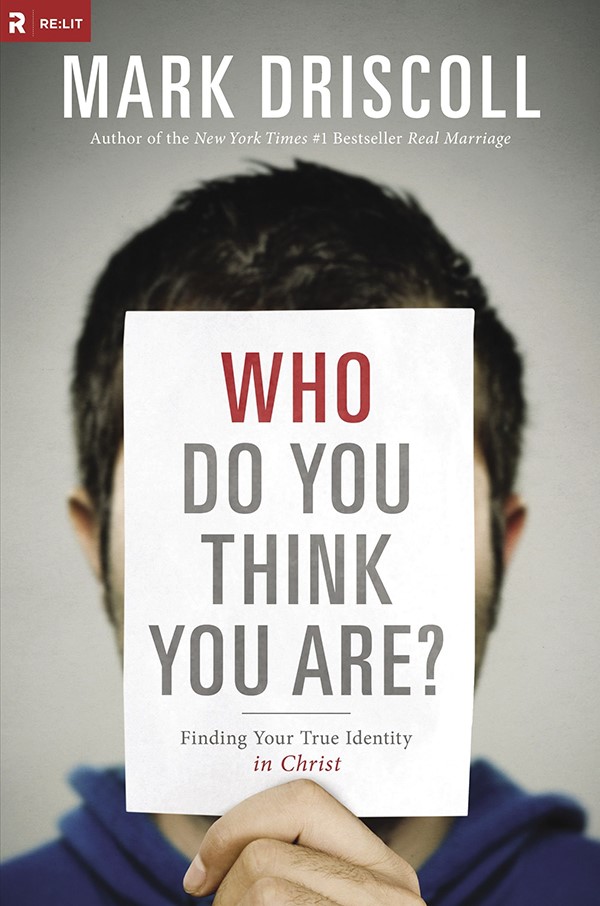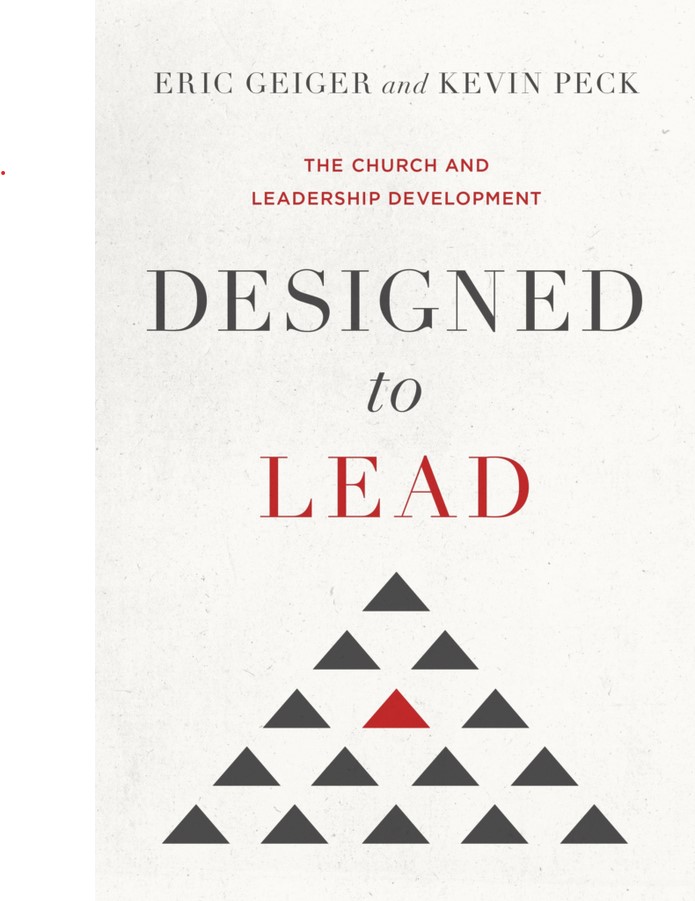We have all been there before. One hand in your pocket, the other hand holding a beverage while you engage in small talk with a complete stranger. A Hi-my-name-is sticker with your name scribbled across the blank space is stuck on your chest like a mini-billboard. If you’re an introvert, you’re glancing at the nearest clock every chance you get, hoping it is much later than the current time. If you’re an extrovert, you’re soaking up the moment, dreading the inevitable return to your silent office cubicle.
As someone who is more comfortable in quiet moments with a few of my closest people, I personally do not get too excited for social networking events. My feelings aside, I do find it fascinating how some of life’s biggest questions get asked and answered in rapid succession at these occasions. A common interaction between two people usually follows this formula:
“Hi, I’m Paul. What’s your name?
“Hey, I’m Sean.”
“Well, it’s good to meet you. What do you do?”
“I’m in education.”
“Oh nice. Where do you work?”
What’s your name? What do you do? Where do you work? While these questions get tossed around flippantly at networking events, they are also woven into the hearts of humanity as we search for identity and purpose. Thankfully, our loving Creator gives answers to these questions in the first two chapters of his Word. We have a name—an identity—as image bearers of God (Gen. 1:26–27). We have been tasked with taking the raw materials of the earth and cultivating and reproducing them so that God’s glory is revealed across creation (Gen. 1:26–28). And finally, we have been given a place (Gen. 2:15), our own gardens (metaphorical or literal) to work and keep so we see the fruit of God’s goodness come to light.
Whether we know it or not, by God’s design, we are all searching for answers to these questions, answers that, prior to sin entering the world, were clearly laid out for us. But now, most people—including our students—are still searching for fulfillment to their souls’ inquiries. After spending years of working with junior and senior high school students and hearing them ask in their own words similar questions to the ones above, I put together a year-long course that attempts to give understanding to three driving questions. Each question is accompanied by a book that assists with building a foundation for future decisions—decisions I pray will be made centered around God’s Word and his plans for their life.
I put together a year-long course that attempts to give understanding to three driving questions. Each question is accompanied by a book that assists with building a foundation for future decisions.
The three driving questions for this course are: Who am I? What do I do? How do I do it? The first question is solely dedicated to knowing our identity: who we are and God’s plan for us when he made us. The second question aims to address the enigma of purpose many of my students have. The third question teaches us how to live out the first two questions in grace and truth (John 1:14).
Who Am I?
As we unpack the complex question of identity, the book Who Do You Think You Are? Finding Your True Identity in Christ (Driscoll) is the go-to resource for this section of the course. Before I get into how this text is used and why, I must be transparent and offer a disclaimer. The author’s leadership within the church and teaching style has come under past scrutiny. You can Google-search the author’s name and read all about the history of previous charges and allegations. You can even find a recent podcast that chronicles in great detail these events. I share all of this with students before we begin journeying through the book.
I begin by sharing with the class that if you remove the author’s name from the cover and take what is written on the pages, you will find that it aligns with Scripture’s teaching on this same topic. I challenge students to look for discrepancies between the book and the Bible and point them out if they find them. I remind them that this is actually good practice for anything they read, especially when it is someone’s teaching on Scripture. The second thing we do is listen to Propaganda’s poem “Precious Puritans,” which concludes with this line, “So I guess it’s true that God really does use crooked sticks / to make straight lines” (64–65). Somehow by God’s grace, he can use broken people to point others toward his righteous path. It happens every day. My students understand this, and I have never had an issue with the use of this text in my classroom.
What some may consider to be a contentious decision, I find provides a great teaching moment.
One great thing about this resource is that it fits nicely into the eighteen-week semester format common to most secondary schools. The book has sixteen chapters, so we take one chapter per week. Add in the seemingly inevitable week of school that gets canceled because of a hurricane (I live in southeast Louisiana, after all) and exam week, and you have a very clean sixteen-week format that follows the same flow from week to week.
The one-chapter-per-week schedule is a pragmatic pace from a planning standpoint, but it also eliminates rushing through a topic that is so incredibly layered for students. Satan wins when he can get us to question our God-given identity. He did it in the garden with Adam and Eve (Gen. 3:1–5) and continues the practice today. My students, as all of us, are plagued by the serpent’s question, “Did God really say . . . ?” (Gen. 3:1). They complete that question with phrases that often cause them to question their significance, security, and belonging. What Driscoll does so masterfully in this book is give the reader a clarion call to the Bible’s teachings on identity and its implications for our actions.
We are repeatedly reminded through its pages that as followers of Jesus, we are in Christ. And because of this position, we are saints: blessed, appreciated, saved, reconciled, afflicted, heard, gifted, new, forgiven, adopted, loved, rewarded, and victorious—all descriptions Driscoll gives meaning to as part of our beautifully restored identity in Jesus:
You aren’t what’s been done to you but what Jesus has done for you. You aren’t what you do but what Jesus has done. What you do doesn’t determine who you are. Rather, who you are in Christ determines what you do. (3)
After spending half a school year dissecting this truth, students are properly equipped to begin thinking through the second driving question of this course: what do I do?
What Do I Do?
While the first book mentioned in this review offers us an accurate answer to the question of who we are, the second book in this review sheds light on what we should now do in response to our redeemed identities. In Designed to Lead (Geiger and Peck), the reader is given a page-turning tutorial on our cultural directive:
God’s people were the first to be given leadership and we were told to reproduce more! We were never meant to be power grabbers, but power givers. As God-appointed leaders, Christians are not just called to have power and authority; we are called to use it to serve others. Being made in his image, our Father gave us an inconceivable mandate. Not only did God make us to thrive within creation, but he also commissioned us to lead this creation so that others in this creation would flourish and thrive. (57)
Sean Englert is Dean of Student Life at Northlake Christian School in Covington, LA, where he oversees spiritual life programming, community outreach, and student leadership development. He earned a doctor of education with a concentration in educational leadership from Liberty University. He enjoys designing systems that facilitate the application of students’ faith in their daily lives. He resides north of New Orleans with his wife and two children.
Works Cited
Chester, Tim. A Meal with Jesus: Discovering Grace, Community, and Mission around the Table. Crossway, 2007.
Driscoll, Mark. Who Do You Think You Are? Finding Your True Identity in Christ. Thomas Nelson, 2013.
Geiger, Eric, and Kevin Peck. Designed to Lead. B&H, 2014.
Propaganda. “Precious Puritans.” Excellent, Humble Beast, 2012.

